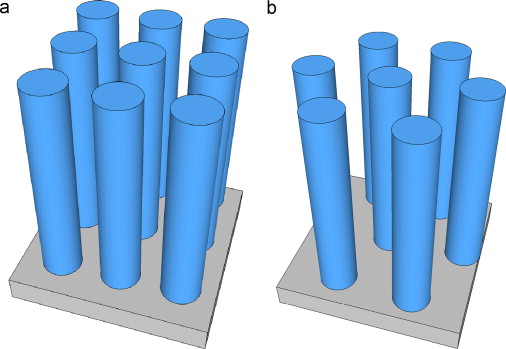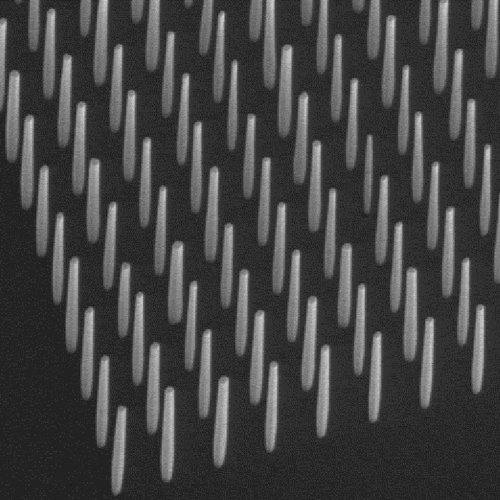Section _ reproduction and production of nanowires
Investigation and analysis of electromagnetic nature ( nano wire)
Researcher and author: Dr. ( Afshin Rashid)
_n4ey.gif)

Note: Silicon nanowires are one of the best examples of semiconductor nanostructures that can be made as a single crystal with a small diameter of 9 to 0 nm.
The electromagnetic nature of nanoparticles in magnetic materials, the molecules and atoms that make them have electromagnetic properties. In other words, elements such as iron, cobalt, nickel and their alloys are attracted by magnets. It is called magnetic material. The classification of electromagnetic materials is done based on the magnetic receptivity (magnetization ability of the material). Based on this, materials are classified into three groups: ferromagnetism, paramagnetism, and diamagnetism.

The result of the dipole moment in electromagnetic diamagnetic materials is zero, and in the presence of a magnetic field, a dipole moment is induced in them; But the direction of these induced dipoles is opposite to the direction of the external magnetic field, which causes the substance (diamagnetism) to be repelled from the magnetic field. By removing the external magnetic field, the magnetic property of these materials does not remain. The magnetic susceptibility of these materials is negative and very low (around 10-6 to 10-3). All gases (except oxygen) are water, silver, gold, copper, diamond, graphite, bismuth and many organic compounds ( diamagnetism). Magnetic dipoles in paramagnetic material do not have specific and regular orientation; As a result, these materials do not have magnetic properties. If they are placed in a magnetic field, they will be arranged along the magnetic field lines. With the removal of the magnetic field, the magnetic dipoles quickly return to their previous state in the absence of the field. In this way, paramagnetic materials acquire magnetic properties in strong nano-electromagnetic fields.
Nanowires have a structure that has an amazing length-to-width ratio . Nanowires are very thin - it is possible to create nanowires with a diameter of only one nanometer, nanowires are used to create the smallest transistors (nanotransistors). Nano wire can have insulation, semiconductor or metal properties. Insulators do not carry electric charges, while metals have very good electric charges. Semiconductors lie between the two and are charged under the right conditions. By placing semiconductor wires in the right configuration, transistors can be made that either act as switches or amplifiers . Some of the interesting and anti-flexible properties of nanowires are due to their small scale.
Conclusion:
Nanowires are just like normal electrical wires except for the fact that they are much smaller. Like conventional wires, nanowires can be made from a variety of conductive and semi-conductive materials such as copper, silver, gold, iron, silicon, zinc oxide, and germanium. Nanowires can also be made from carbon nanotubes.
Researcher and author: Dr. ( Afshin Rashid)
Specialized doctorate in nano-microelectronics



